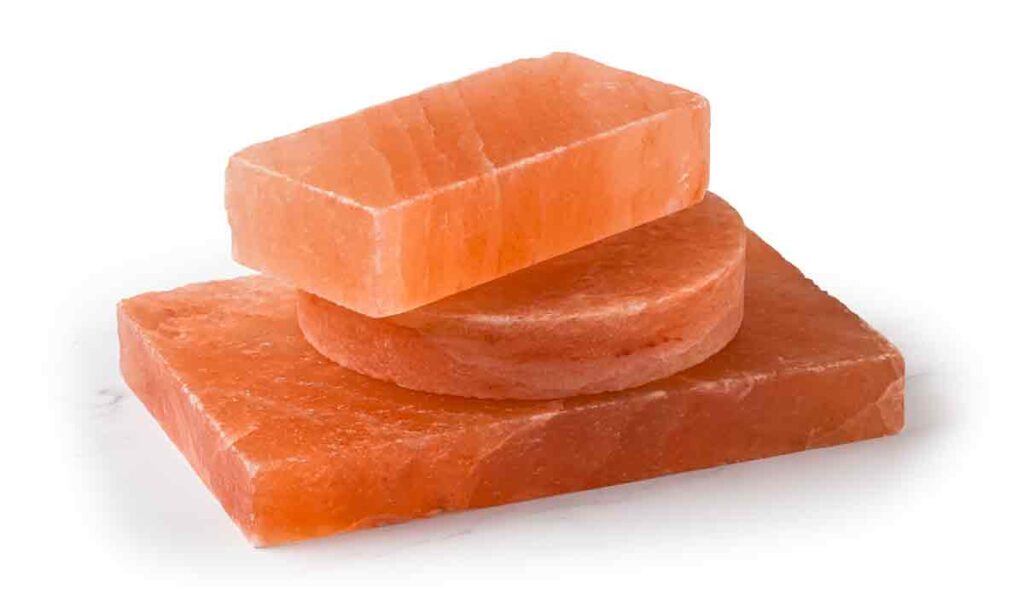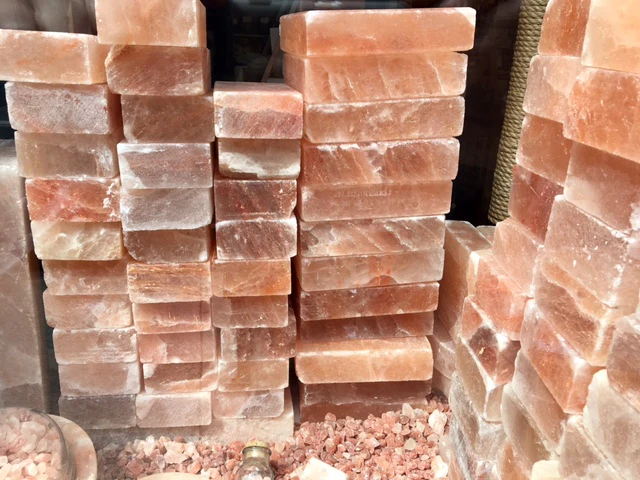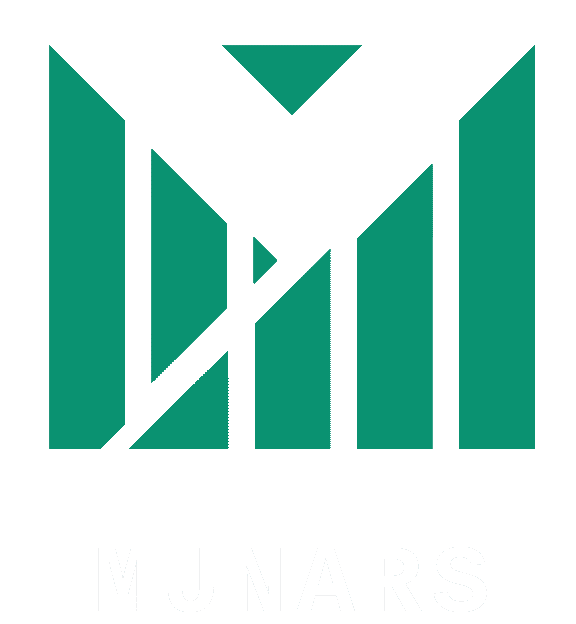Salt Block
Himalayan salt blocks, plates, and bricks can be used for sautéing, grilling, chilling, curing, baking, salting, plating, bathing, and contemplating.
- A boulder of Himalayan Rock Salt is brought out from the darkness of a 16th-century mine shaft in Pakistan, shining in shades from clear crystal to flower pink to deep red. These rough salt rocks are hand-cut by local craftsmen into various shapes, creating unique ways to prepare and serve food. There are countless uses for a slab of Pakistani Pink Himalayan salt in cooking. The salt’s crystal structure has a high specific energy, so it maintains any temperature for a long time. With very low porosity and moisture content (.026%), the salt plates can be heated or chilled to extreme temperatures, ranging from 0°F to 900°F. Because of their low porosity, these salt plates touch the food minimally, imparting only a moderate saltiness. Additionally, the high amount of trace minerals (1.2% sulfur, .4% calcium, .35% potassium, .16% magnesium, and 80 other trace minerals) gives the salt a mild and complex flavor, adding another layer of taste to your food.
- After each use, wash your Himalayan salt plate with warm water and a soft brush or green scrubby, and tamp dry with a paper towel before setting on a drying rack. This will remove a very thin layer of the salt and make it ready for use again. Treated with care, a large salt slab will provide years of service! In addition, the powerful antimicrobial properties of the salt insure that it is always proper and ready for future use, with no need for detergents.
Images




